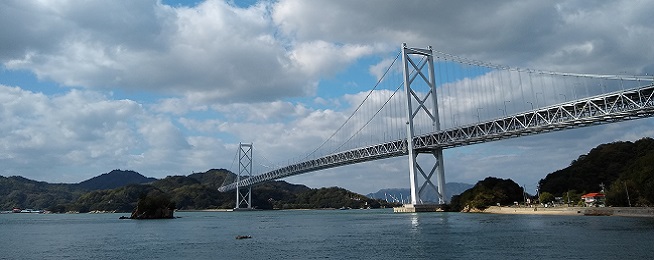Our Tasmanian Public Affairs Manager Alison Hetherington holidayed in Japan recently and couldn’t resist taking a peak at the local bike facilities.
When you work in cycling advocacy it is hard to go somewhere and not want to dig into the local bike culture, even if you are supposed to be having a holiday!
And it’s difficult not to pay attention to bikes in Japan because they are so numerous. The Institute for Transportation and Development Policy estimates that about 16 per cent of trips in the country are made by bicycle:
Not in the lycra-clad street-warrior style, but as a means of transport that is widespread and accepted.
The first thing that hit me was the number of women riding.
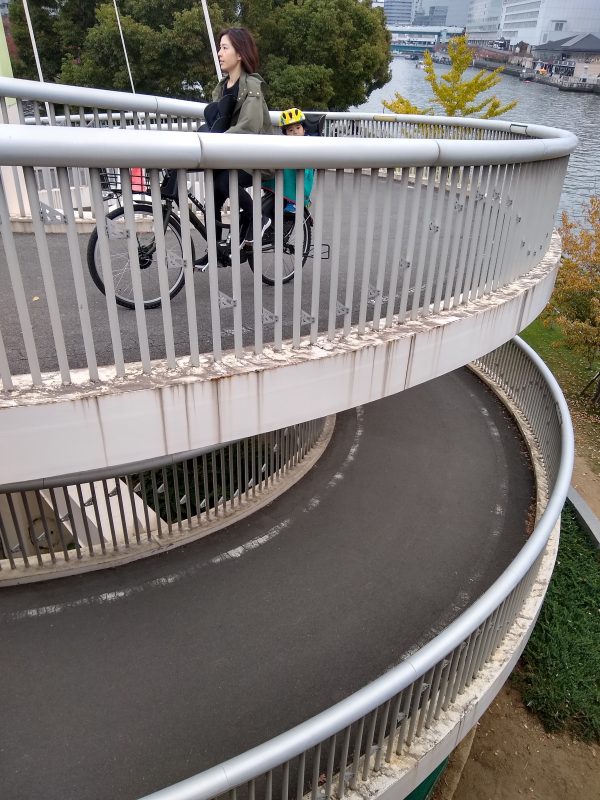
Most of them were on low step through electric bikes with child carriers and/or shopping baskets on the back and front of the bikes, known as mamachari bikes in Japan. And most bikes have at least one child on board and many were kitted out with two child seats.
There was a wide range of rider ages, from old men to young children and variety of dress styles with people in suits just as likely as the student wearing jeans.
This is the line of bikes outside a grocery store in Tokyo, with very little space for car parking nearby, bikes are the most obvious way to carry a load and electric bikes seem to have good penetration.
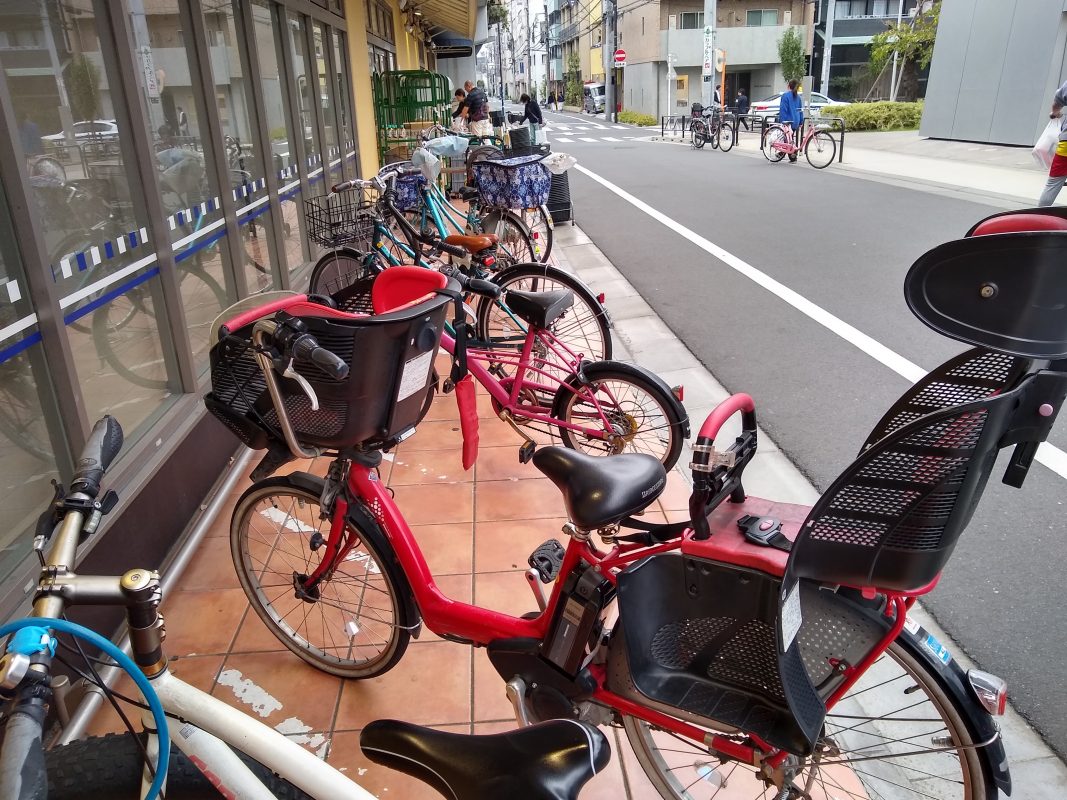
Infrastructure lacking
The real surprise about the high numbers of riders is the lack of dedicated cycling infrastructure for riders in many places.
Most people rode on a mixture of footpaths, quiet streets and barely adequate on-road cycling lanes or even worse, sharrow markings on the side of traffic lanes.
Some places with wider footpaths did separate people walking and riding, which would make conditions more comfortable, such as this main street in Kagoshima.
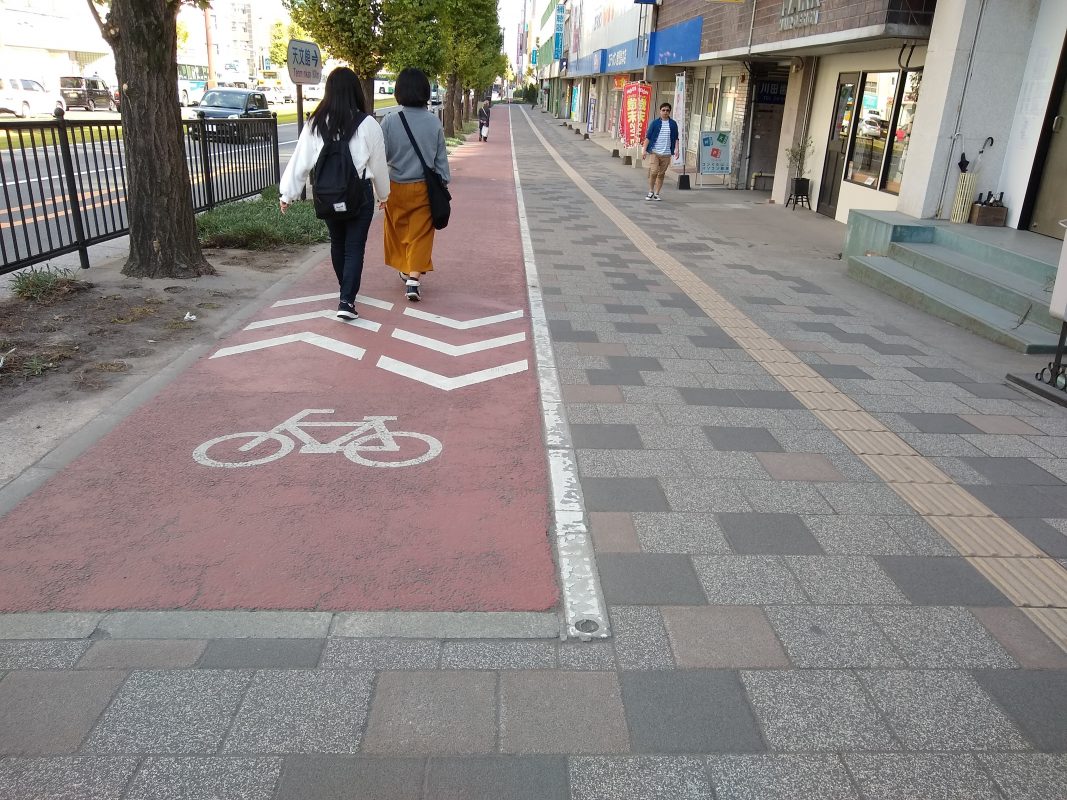
In Australia these conditions would likely result in small numbers of riders, and do in most places. But in Japan more than 1 in 10 people choose to ride and it looks like an even gender split.
One of the most obvious differences between Australia and Japan is the largely respectful road culture. Unless they are on a major highway the drivers we saw were driving slowly, gave riders good passing distance and waited patiently for people walking and riding to cross streets or get off the roadway.
In some small side roads they crawled along behind people walking and riding, as there may have been limited opportunities for people to get out of the way for cars and some streets were marked to show the priority of people riding and walking.
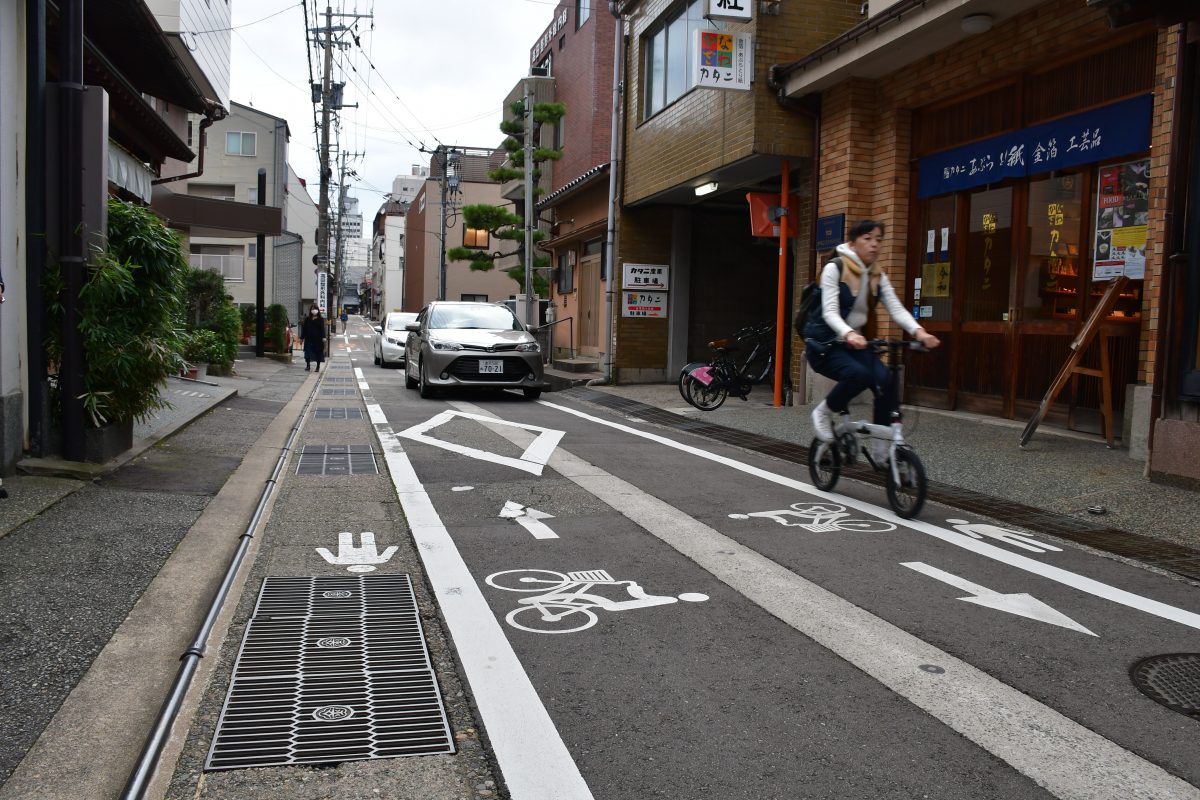
The other reason that so many people ride may be that of space. With small houses and apartments, few people can afford to pay for car parking and cars are not space efficient for local trips in narrow streets.
Bike parking in spades
Cycling infrastructure that does exist in many places is bike parking.
This example of bike parking was in a suburb of Mejiro in Tokyo in a small room under a high-rise building that was easily accessible by ramp from the street 24 hours a day.
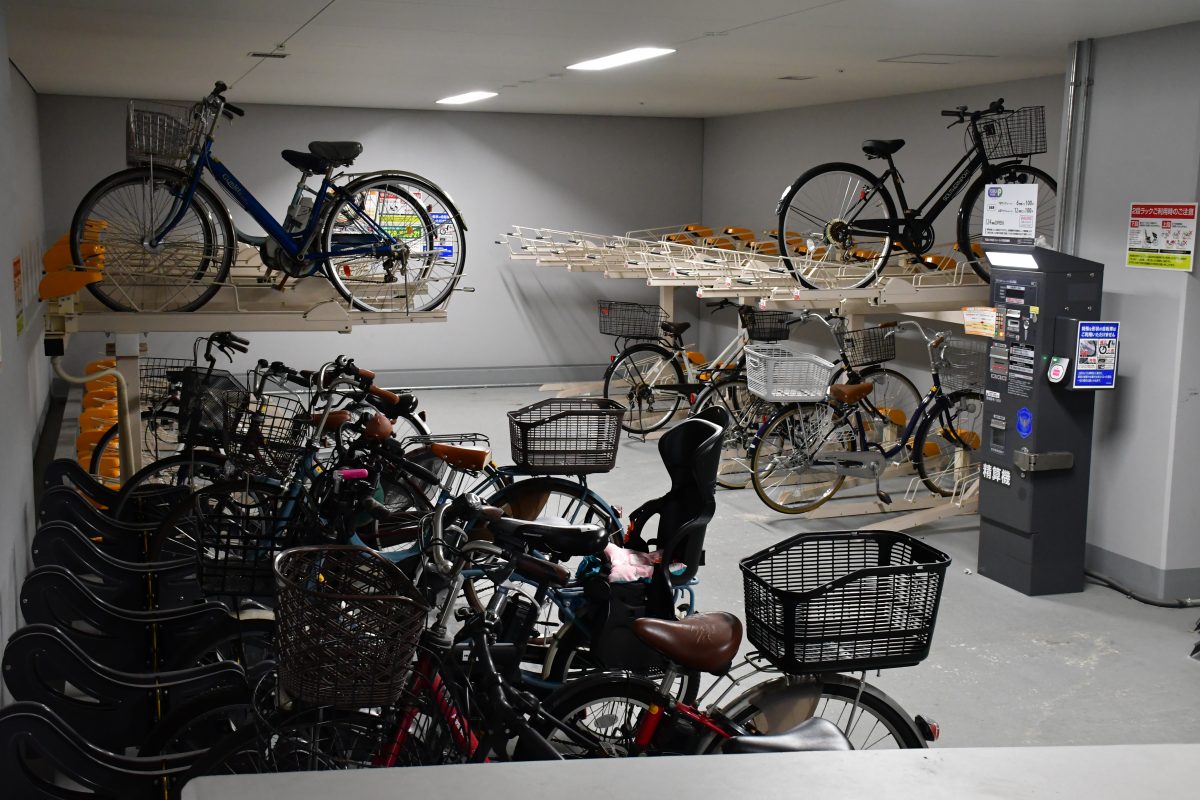
Riders could lock the front wheel of their bike through the tiered bike racks onsite and pay through the machine or use their all-purpose Pasmo money cards.
These kinds of front-wheel locking systems were also used on the sides of footpaths in Osaka. Apparently, some prefectures are strict on illegal bike parking and bikes not parked in the designated areas or in provided locks are taken away and can only be retrieved once a fine is paid.
In other places, people seemed content to leave their bikes unlocked by the side of the street.
It’s difficult to see many riders in Australia being happy to just lock one wheel of their bike and not the whole frame or both wheels. But it would be great to see undercover, simple to use locking systems for bikes in Tasmania for riders who want an extra level of security.
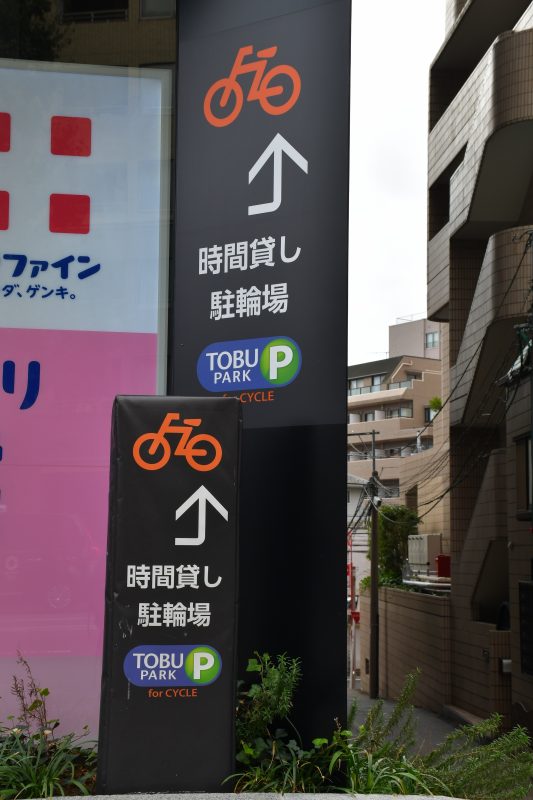
Cycling tourism
Even though Japan is a very hilly country, many of the towns and cities are built on valley floors and riding to see the local sites can be easy going.
Some Japanese prefectures actively promote cycling tourism in their area, with the Shimanami Kaido route one of the most well-known in the country.
The 75km route between the two towns of Onomichi and Imabari takes in the beautiful views of the Seto Inland Sea from the top of several bridges joining the various islands which have dedicated cycling facilities – a stark difference to some Tasmanian bridges.
One of the bridges has the bicycle and pedestrian path secured underneath the road which was great for wind protection and easy riding conditions but not so great for the view.
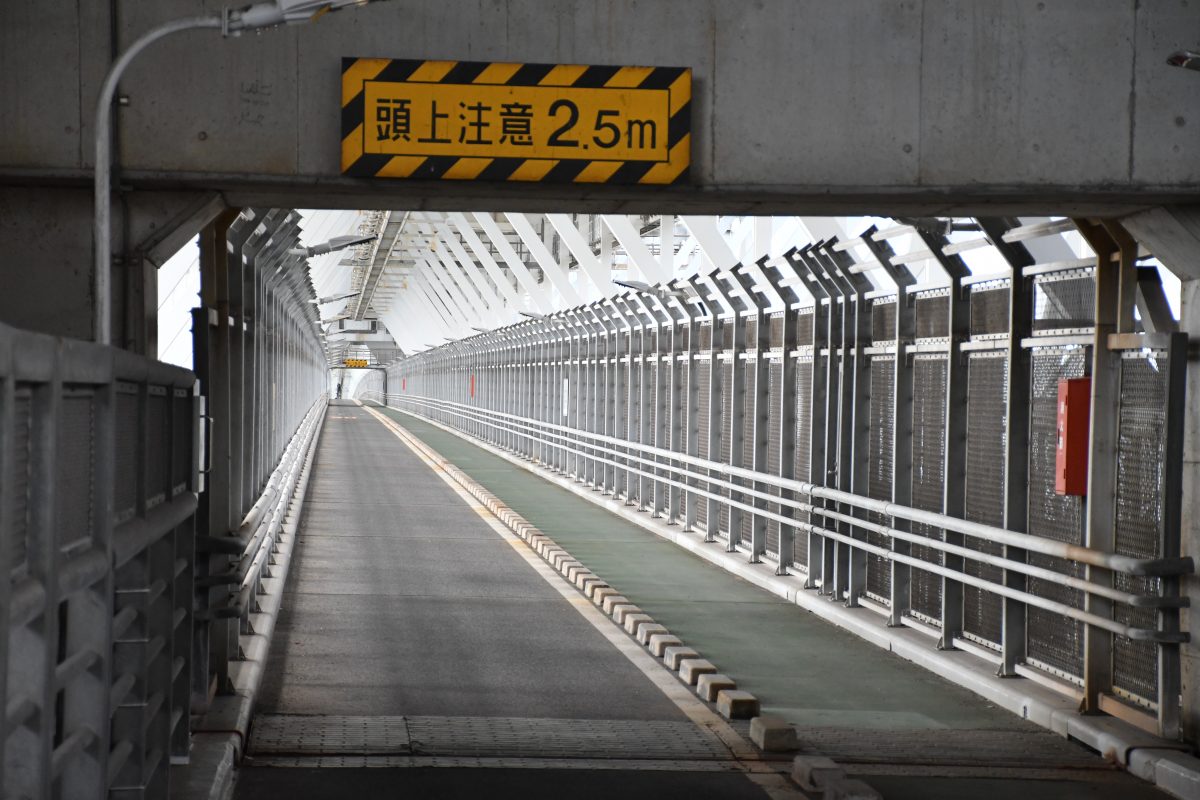
The view from other bridges along the route which had cycling paths separated from the roadway at the same level were spectacular, if not a lot windier!
The local council provides bike rental stations and a wide variety of bike styles, including electric, or else you can pay more money and rent a Giant road or hybrid bike.
The route is a mix of on-road and off-road path, with a simple blue painted line on the road and path surface, bringing the route together and making it easy for riders to follow. The line has directions painted into it, as well as a few street signs at intersections where there may be some confusion.
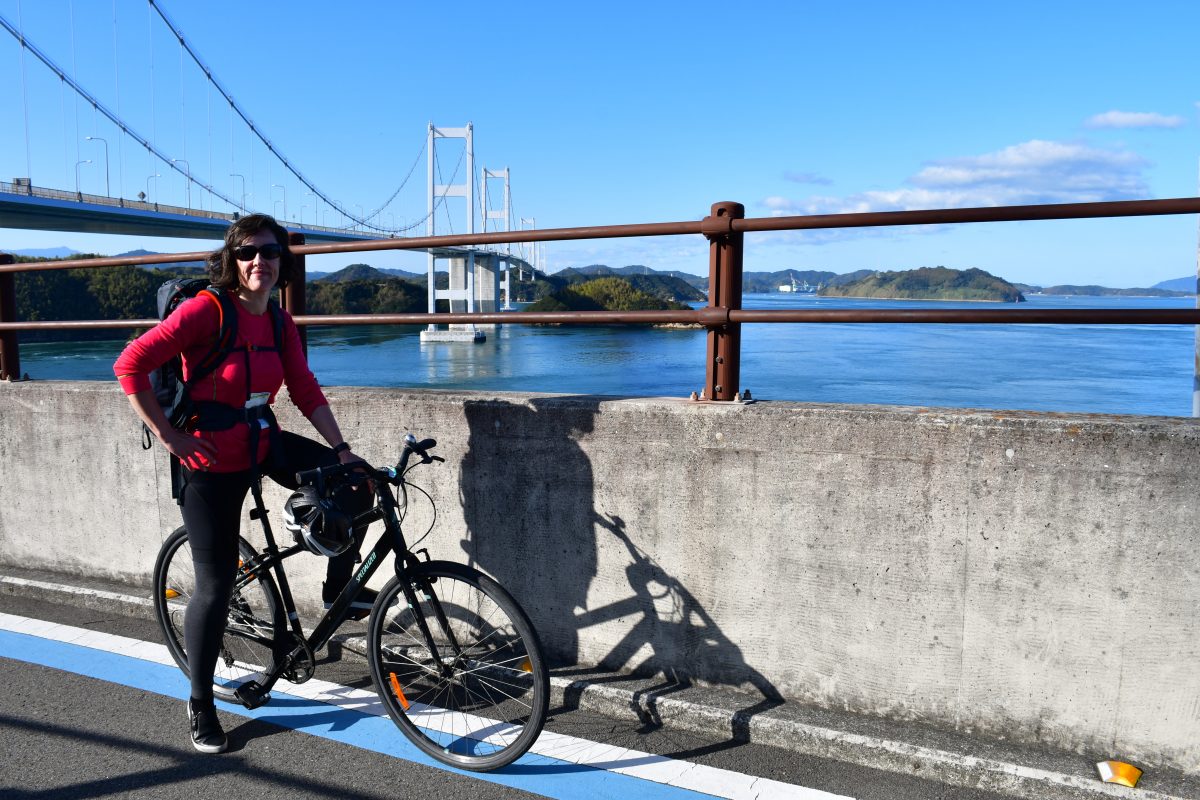
As well as the guesthouse accommodation that has sprung up for riders, a luggage forwarding service means you can ride the route without having to load up your bike. This is perfect for tourists like us who wanted to cycle as part of our holiday rather than going on a cycling holiday.
This kind of business flow-on benefit is useful to consider for Tasmania. Projects like the North West Coastal Pathway and North East Rail Trail should be striving for simple and effective signage, convenient bicycle rental and good accommodation and luggage options.
When it’s simple to jump on a bike as part of your holiday, more tourists are likely to do it.


